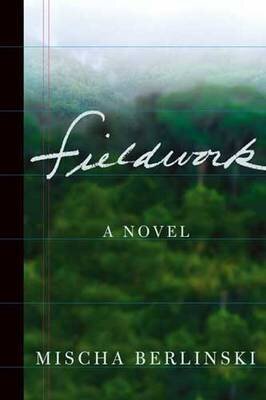The Coroner's Lunch by Colin Cotterill (Soho Crime)
The Coroner’s Lunch by Colin Cotterill is the first book in a mystery series set in the Lao People’s Democratic Republic in the late seventies when the communist Pathet Lao took power. The story features a seventy-two year old man with bright green eyes named Dr. Siri Paiboun. He is a forty-six year member of the Communist Party and is also a surgeon. Comrade Kham, a high-level government bureaucrat, tells Siri that he has been appointed chief police coroner...of the entire country - a position he could not refuse even though he has never done an autopsy in his life.
Siri’s assistant, Geung, a young man who has Down’s Syndrome, informs that Comrade Kham’s wife is waiting for him at the morgue. She is described as a “senior cadre at the Women’s Union and carried as much weight politically as she did structurally.” What Geung fails to tell him though is that Mrs. Kham is in the freezer. Dr. Siri’s nurse, Dtui tells him that she was brought in because she died an unnatural death.
Senior Comrade Kham had already been informed of his wife’s death and came to the morgue the next day. Kham was confident about the cause of death. He told Siri that his wife was addicted to lahp, a dish that is often made with raw meat. Dr. Siri says he cannot issue a death certificate until he can confirm that the cause of death was by parasites. Comrade Kham said that isn’t necessary as he had her own surgeon already sign it.
Siri begins to suspect foul play when Senior Comrade Kham rushes to have the body cremated and goes as far as saying, “Even a man of science needs to show sensitivity to culture and religion” as the Comrade Kham was a member of the committee that outlawed Buddhism as a state religion and banned the giving of alms to monks.
A group of men came into the morgue bringing a coffin to remove Mrs. Kham’s body. This is when Siri sees an ominous shadow of a figure behind the men who has a striking resemblance to Mrs. Kham. He saw the outline of Mrs. Kham run at Comrade Kham with full force with a look of hatred but vanished when she hit him making Comrade Kham shudder with a sudden chill.
Fortunately, Siri still had Mrs. Kham’s brain setting in formalin. He knew he should leave it alone but his scientific mind wouldn’t let it rest. What if Mrs. Kham had been poisoned or worse yet, what if she had been murdered? And recently there have been three other deaths by unnatural causes and it appears that Comrade Kham may have had something to do with that as well.
Cotterill weaves an engaging story with characters you can care for. He blends the tale with a good dose of humor and action and adds a bit of shamanism and spirits into the picture as well. The government and people really come to life and leave you wanting more. Fortunately, there are fourteen more titles in the series! ~Ernie Hoyt



















